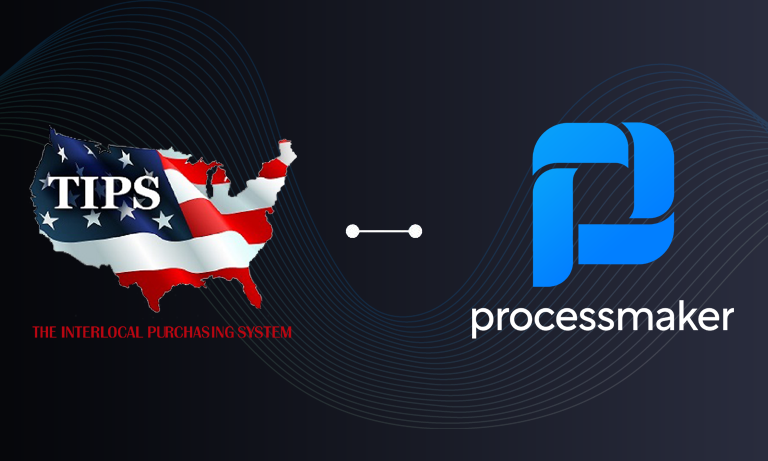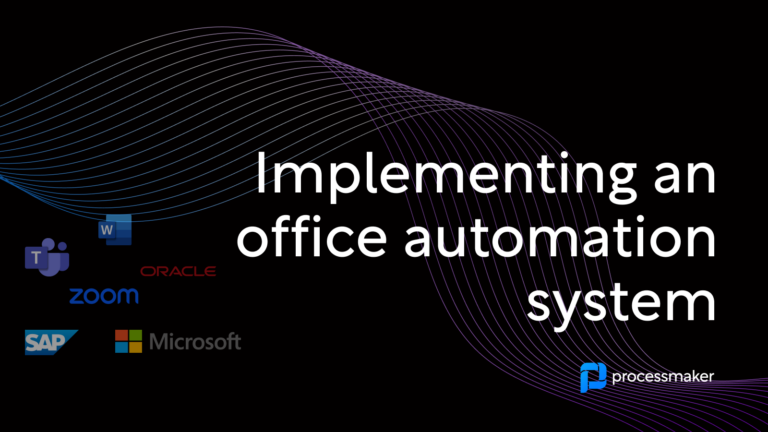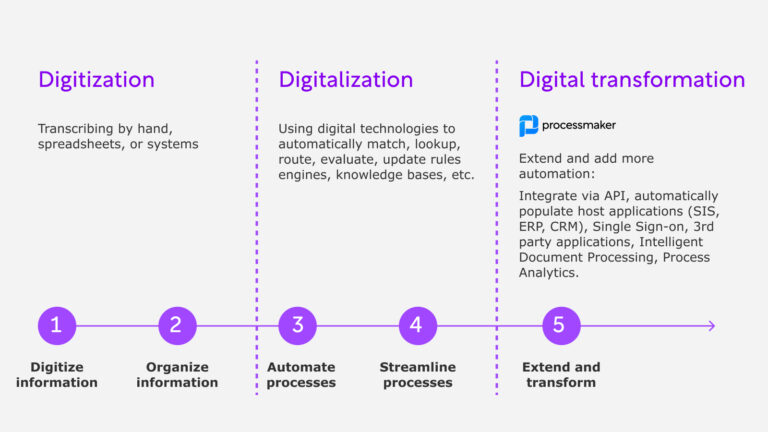Authorization requests are necessary in just about any organization for any number of reasons. Travel authorization requests approve business travel, capital expenditure authorization requests approve the spending of resources, and hiring authorization requests approve the addition of staff members, for example.

No two authorization request processes are alike, but processes tend to share similarities. With authorization processes, there are several common primary roles involved:
• The initiator – who requests authorization of an expenditure, travel, etc.
• The preparer – who prepares the authorization request. This may or may not be the initiator.
• The approver – who reviews the request, ensures it complies with policies, identifies any problems, and grants or denies approval of authorization
• Oversight roles – who monitor the approval request system to ensure it’s used as intended
If your authorization request process is unwieldy, slow, or inefficient, there are several ways to address these problems. Here’s a process for better managing authorization requests.
Evaluate Your Current Process
Map out the current authorization request process as it actually is, not as you wish it were. It’s important to see the entire process honestly, including obvious inefficiencies. Record every step, including steps like “Place form in Hannah’s mailbox before 4 p.m.” When processes in organizations develop without much planning, they tend to take on inefficiencies and retain them whether or not they’re necessary. Know your current request authorization process thoroughly so you’ll have a baseline to work with.
What Are the Obvious Problems?
Some problems with your current authorization request process will become apparent if you have mapped out the process honestly. Perhaps the request must go through two layers of management for approval when one would suffice. Or maybe your process is based on paper forms that you’ve been using for as long as anyone can remember. Make note of the obvious problems in your process as well as ways they could be addressed.
One of the most obvious ways to improve the process is to make it network-based rather than paper-based. When forms are electronic, they won’t get lost or damaged, are delivered to the right recipient instantly, and can be accompanied by an email or text alerts, so recipients know right away that their input into the process is needed.
Could Mobility Help?
 Building mobile-friendliness into the authorization request process can prevent even more delays in the approval process. If one of your approving authorities travels frequently, making the process mobile-friendly means he or she can review requests and make decisions from anywhere. Likewise, if someone traveling needs to make an authorization request of some type, he or she can do so from a tablet or smartphone rather than having to wait to return to the office. Mobility is a refinement to electronic processes that takes them to the next level of convenience and efficiency.
Building mobile-friendliness into the authorization request process can prevent even more delays in the approval process. If one of your approving authorities travels frequently, making the process mobile-friendly means he or she can review requests and make decisions from anywhere. Likewise, if someone traveling needs to make an authorization request of some type, he or she can do so from a tablet or smartphone rather than having to wait to return to the office. Mobility is a refinement to electronic processes that takes them to the next level of convenience and efficiency.
Try a Pilot Project, Then Evaluate Results
Most organizations find when they change a process – particularly when they change it from a paper-based process to electronic – starting with a small pilot project in one department and then evaluating its success is better than making huge, sweeping changes at once. You could, for example, have a pilot project for engineers who need travel authorization to an upcoming industry meeting. Once you evaluate its success, you can expand it to other departments. It’s important that you honestly evaluate results, however, and recognize any shortcomings to your new process so you can address them before they become entrenched.
Fine Tune the Process to Eliminate Unforeseen Hassles
Just about any time you revamp a process, you will find unexpected bottlenecks and unforeseen consequences. Make note of these, their effects, and how they can be addressed. For example, a capital expense authorization request process that ends up being much faster than before could result in a piece of equipment arriving before facilities management has arranged for a place to put it. Authorization requests affect other processes, and it’s important to see how a new process affects other ones before rolling it out to the entire organization.
Streamlining your authorization requests can have a quick return on investment due to time and resources saved. Workflow software like
ProcessMaker makes it easy to map out and design custom processes that harmonize with your organization’s workflows. Even if you don’t know anything about programming, ProcessMaker, with its many built-in tools and templates, makes it easy for you to create electronic workflows like authorization requests quickly. What’s more, you can try the ProcessMaker Enterprise Edition for free, or download the Community Edition of ProcessMaker. Authorization requests no longer have to be inefficient or cumbersome.





